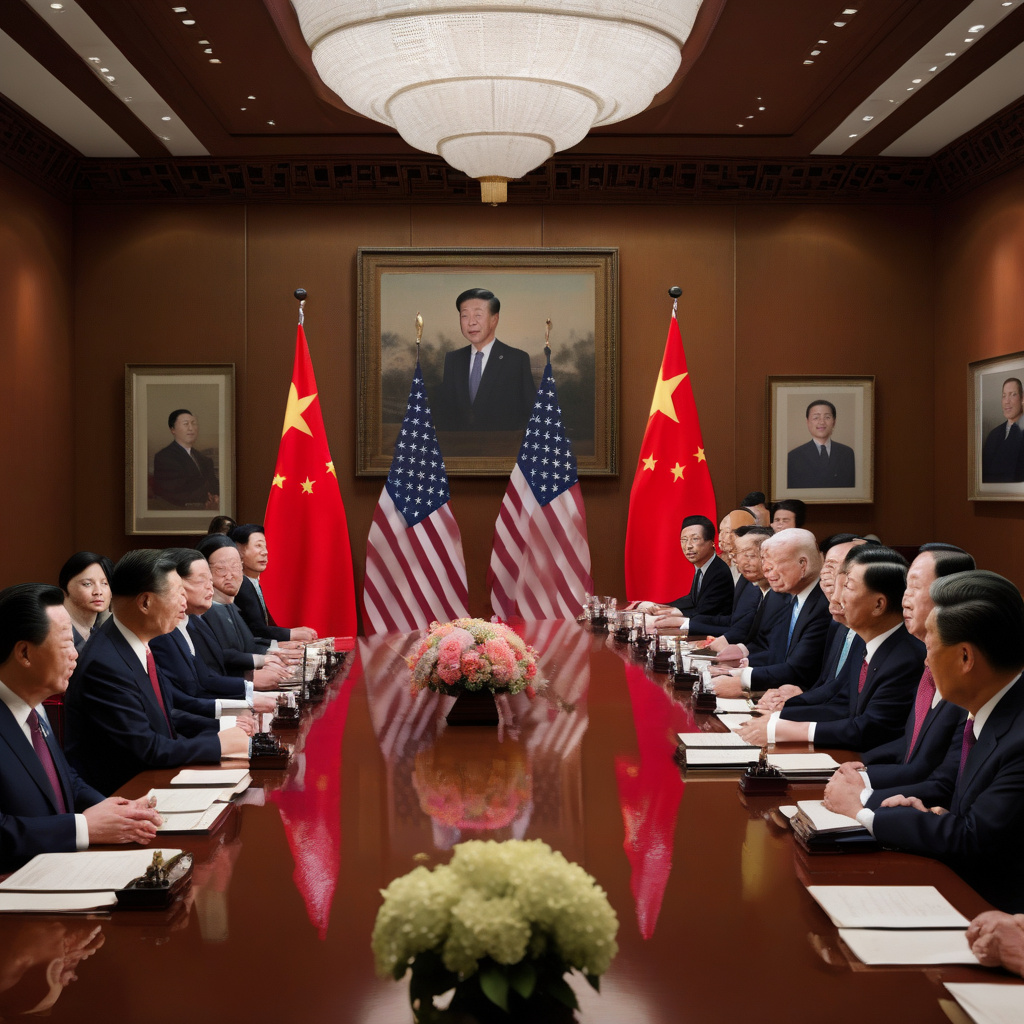US and China Reach Deal to Slash Tariffs
In a significant development, the United States and China have agreed to a 90-day pause in their ongoing trade war, leading to a substantial reduction in reciprocal tariffs. This crucial agreement comes as a temporary relief from the escalating tensions between the two economic powerhouses, offering hope for a more stable and mutually beneficial trade relationship in the near future.
The decision to slash tariffs is a positive step towards de-escalating the trade conflict that has been brewing between the US and China for months. The reciprocal tariffs imposed by both countries have not only disrupted global markets but also raised concerns about the long-term impact on businesses and consumers. With this new agreement, there is a glimmer of hope that the two nations can work towards resolving their differences through dialogue and negotiation.
One of the key aspects of the deal is the significant reduction in tariffs on a wide range of products, including agricultural goods, automobiles, and industrial machinery. This move is expected to benefit industries on both sides, providing them with much-needed relief from the burden of high tariffs. By lowering trade barriers, businesses can potentially expand their market reach and explore new opportunities for growth and expansion.
Furthermore, the 90-day pause in tariffs offers a window of opportunity for the US and China to engage in constructive discussions aimed at addressing the underlying issues fueling the trade dispute. Both countries have expressed willingness to negotiate in good faith and find common ground on contentious issues such as intellectual property rights, technology transfer, and market access. By focusing on areas of mutual interest and concern, the two nations can lay the foundation for a more balanced and sustainable trade relationship.
The agreement to slash tariffs also sends a positive signal to the global community, which has been closely monitoring the developments in the US-China trade war. The uncertainty and volatility resulting from the tit-for-tat tariffs have had ripple effects across international markets, affecting not just the two countries involved but also other trading partners. The decision to de-escalate tensions and reduce tariffs is likely to ease some of the concerns surrounding global trade and investment, fostering a more stable and predictable economic environment.
As businesses and investors navigate the changing landscape of international trade, the US-China tariff deal offers a ray of hope for smoother relations between the world’s two largest economies. By prioritizing dialogue and cooperation over confrontation and protectionism, both countries stand to benefit from increased economic cooperation and shared prosperity. While challenges remain and uncertainties persist, the willingness to engage in constructive dialogue bodes well for the future of US-China trade relations.
In conclusion, the agreement to slash tariffs between the US and China represents a significant breakthrough in the ongoing trade dispute between the two nations. By reducing trade barriers and opening channels for negotiation, both countries have taken a step towards resolving their differences and fostering a more collaborative trade environment. As the 90-day pause unfolds, businesses, consumers, and investors will be watching closely to see how this temporary reprieve paves the way for a more stable and mutually beneficial trade relationship between the US and China.
US, China, Tariffs, Trade War, Economic Relations












